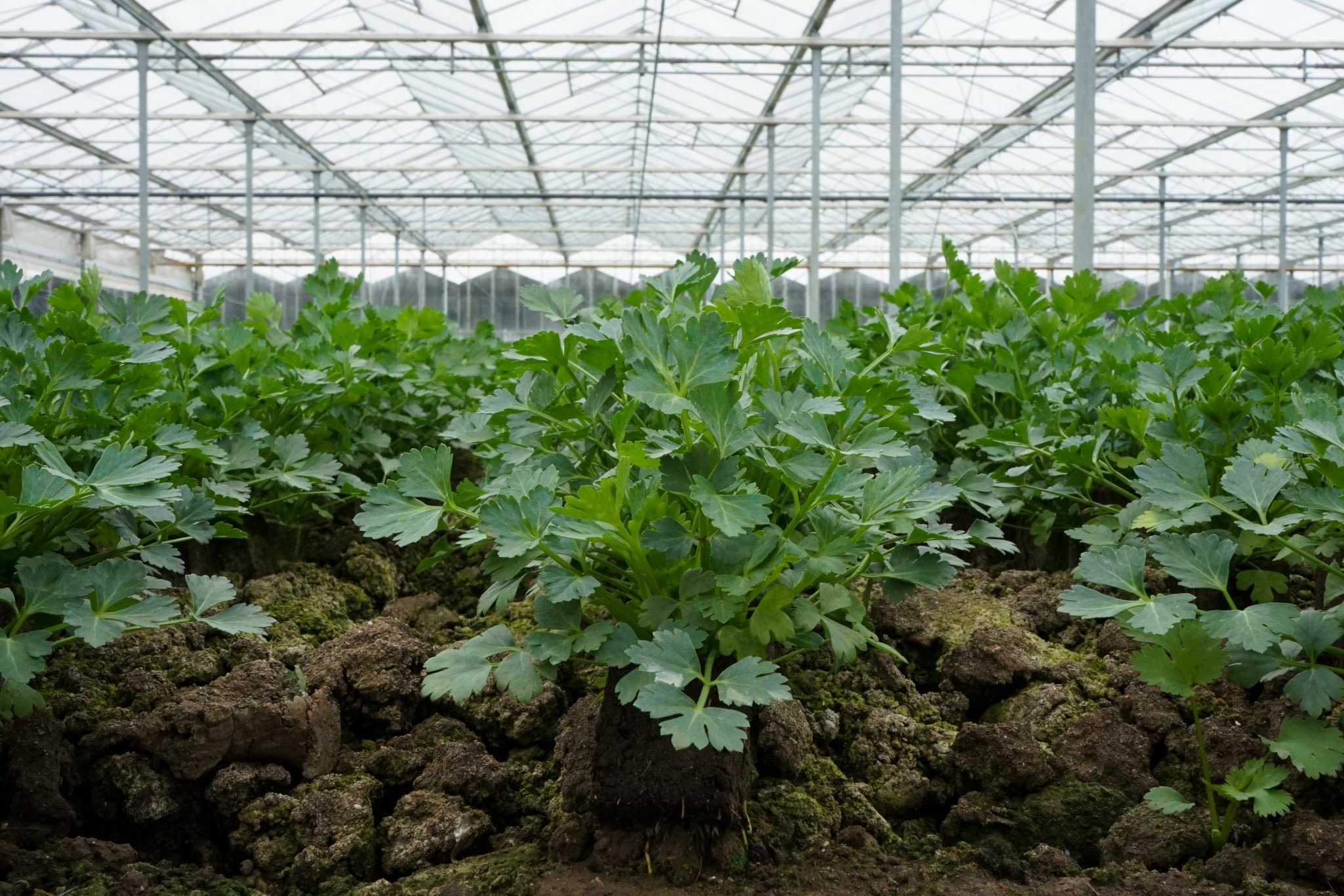
There’s a new herb on the block: chervil. Find out how to use it in your meals this summer.
Gather round, herbophiliacs, it’s time to learn all about chervil. Pronounced “SHER-vil,” this summery herb is ideal for cooking in the warmer months. What is chervil? Find out everything you need to know right here.
What is chervil?
A delicate herb with a mild flavor, chervil is one of the four “fines herbes” found in French cuisine, sitting alongside parsley, tarragon, and chives in the annals of classical French cuisine. It actually looks quite a lot like parsley, although it has a slightly paler appearance and lacier leaves.
Chervil’s name comes from the Greek chaerophyllon (or khairephyllon), which means “herb of rejoicing” or “the happy herb.” The link between chervil and happiness is so widespread that in European folklore, the consumption of chervil was encouraged not only because it was believed to aid digestion, but because it was thought to inspire cheerfulness. Any truth to the rumors? You’ll have to be the judge when you try it for yourself.
What does chervil taste like?
With a light and delicate flavor that has a little tinge of licorice, this annual herb is best used alongside other mild flavors so that it won’t be overpowered. This makes it perfect for soups or salads, in addition to omelets, poultry, fish, or egg dishes. Most famously, chervil is used in béarnaise sauce. Novices in the art of seasoning, beware! Adding chervil to a dish with big, bold flavors isn’t the best move, as the mild flavor will likely get lost in the noise.
How to use chervil
Chervil can be difficult to find, so if you’re having trouble locating it at your local supermarket, it could be worth growing it yourself. Sown in fall or spring, chervil grows very quickly, and should be ready to harvest after about 6–8 weeks. Assuming you can provide the proper lighting and temperature, you can even grow chervil indoors during the winter months.
The number-one thing to remember about using chervil when you’re cooking is that it loses its flavor very easily. This means that by exposing it to excessive heat or drying it out too much, the herb’s mild flavor is likely to disappear. Keep it fresh and flavorful by adding it into your meal at the end of cooking, or simply sprinkle it over your food before serving in its natural, raw state. Because it loses its flavor so easily, lots of people choose to preserve it in white wine vinegar, adding even more unique flavors to the mix.
Does chervil have any health benefits?
Traditionally, chervil was used for a variety of medicinal purposes, including high blood pressure, eczema, coughs, digestive disorders, and gout. Tea brewed from chervil has also been recommended for use as an eye wash, as well as an aid for menstrual cramps.
According to Webmd.com, there’s not enough evidence to conclusively say whether the herb is an effective treatment for any of these conditions, so if you’re suffering from any of these health problems, you probably shouldn’t be relying on chervil for its medicinal properties.
However, the fact that chervil may not be some sort of miraculous cure-all herb doesn’t mean that it doesn’t have any nutritional benefits. It’s a great source of carotene, vitamin C, iron, magnesium, and bioflavonoids, and also has plenty of antioxidants, substances that may help to reduce the inflammation associated with infections, sinusitis, and headaches. As you’d imagine, the herb isn’t very calorific, so you can include plenty of it in your recipes without worrying about packing on the pounds.
Want to add chervil to some of your summer dishes? With its lovely, faint flavor of anise, it’s the ideal herb to swirl or whisk into your cool concoctions in the warmer months.



